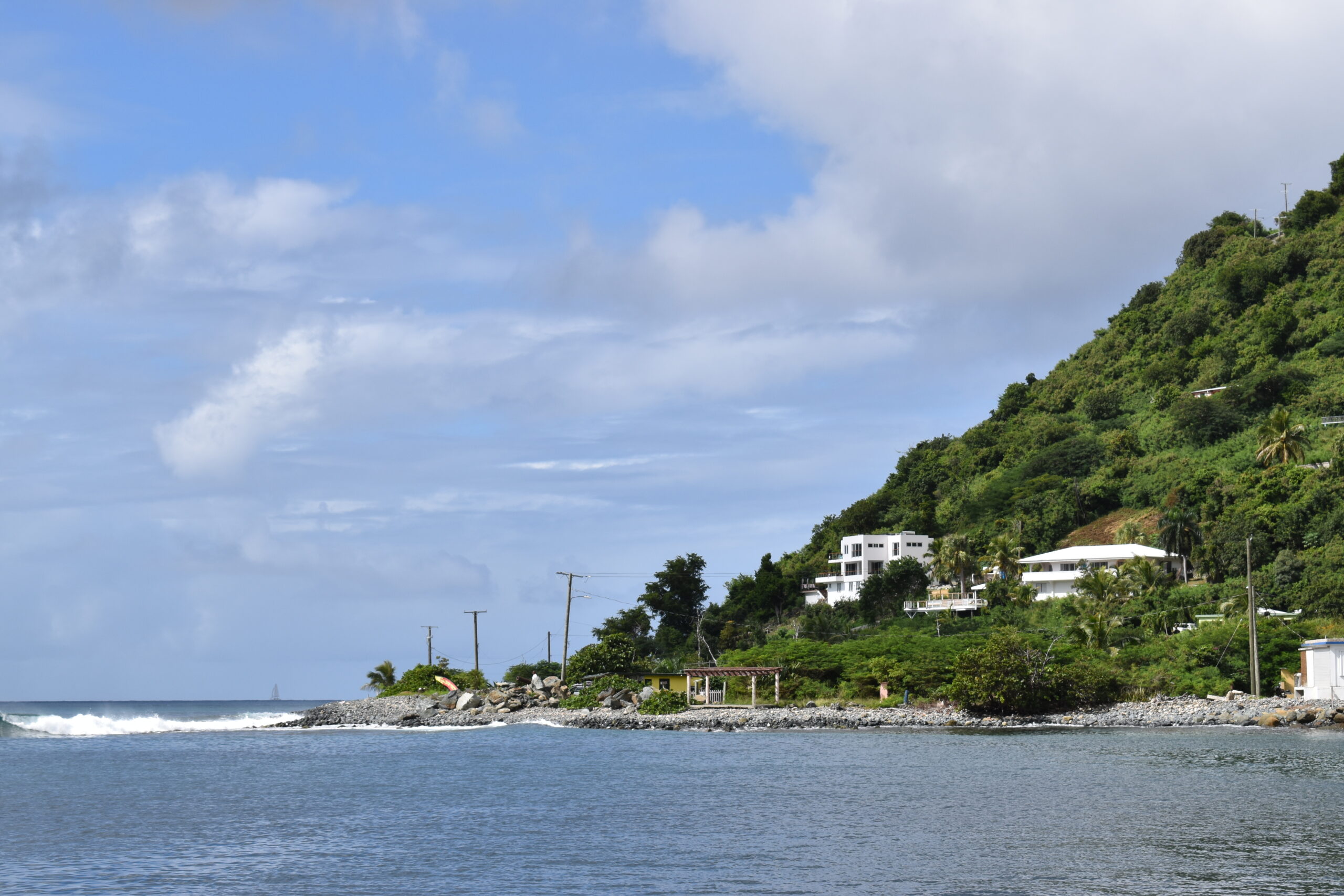
Sailing in the British Virgin Islands for the First Time: A Guide to Your Dream Voyage
The British Virgin Islands (BVI) have long held a reputation as one of the premier sailing destinations in the world. With turquoise waters, consistent trade winds, and over 60 breathtaking islands to explore, the BVI offers everything from tranquil anchorages to vibrant beach bars, historic sites, and incredible coral reefs. For first-time sailors, the British Virgin Islands are both accessible and thrilling, blending the adventure of the open sea with the comforts and beauty of the Caribbean. If you are looking for your next adventure in sailing, the BVI are one of the most accessible places for newer sailors to explore, and for salty sailors to relax!

Whether you’re planning to captain the vessel yourself or hire a crew, proper planning will help make your first sailing trip as enjoyable and smooth as possible.
The first step is deciding on the type of charter that best suits your needs. You generally have three options:

Packing for a sailing trip is unique compared to land-based vacations. Space on a boat is limited, so pack lightly and prioritize essentials. Here’s a checklist to get you started:
Most boats have a small kitchen (galley), so plan to stock up on essentials. Many charter companies offer provisioning services, allowing you to pre-order groceries and beverages. You can also resupply at marinas throughout the BVI, particularly on Tortola, Virgin Gorda, and Jost Van Dyke. Avoid easily perishable foods and focus on breakfast and lunch items. Most sailors like to eat at the many restaurants scattered throughout the islands after a long sailing day!
Be sure to bring plenty of drinking water and snacks for the journey!
Your journey will likely begin on Tortola, the largest and most populated island in the BVI. Road Town, the capital, is home to several marinas and is the main base for charter companies. If you arrive a day early, you’ll find plenty of beachside bars, shops, and even a few hiking trails to explore. There are many protected bays on the south and west end of the island. The North side of the island is a bit more rugged with fewer anchorages. There are some options, most notably, Trellis Bay, which is in within walking distance to the airport.
A must-visit spot for any BVI itinerary, The Baths are a natural wonder on Virgin Gorda, where massive granite boulders create stunning grottoes and rock pools. There are a limited amount of National Park buoys available at the Baths. Please make sure to follow the flag system in use, red flag, means to mooring or anchoring. If that’s the case, you’ll want to anchor at nearby Spanish Town or Leverick Bay and take a taxi to the top of the Baths. Plan on spending a few hours swimming, snorkeling, and exploring this surreal landscape.
Unlike the mountainous terrain of the other islands, Anegada is a flat coral island known for its endless sandy beaches, flamingo ponds, and incredible seafood. Anchor at Setting Point, and be sure to try the famous Anegada lobster. The island is also a prime location for snorkeling and diving, especially at Loblolly Bay. Anegada should only be visited when you have 2 days of clear and calm weather. The anchorages are quite shallow, so deeper monohulls may want to avoid this island.
Jost Van Dyke is famous for its beach bars and laid-back atmosphere. Sail to Great Harbour and spend an evening at the legendary Foxy’s, where live music and dancing make for a lively night. White Bay is also a favorite for its crystal-clear waters and the famous Soggy Dollar Bar, where you can enjoy a Painkiller cocktail in the sand.

Known as the inspiration for Treasure Island, Norman Island is a dream for snorkelers. The Caves, a series of partially submerged caves, are an unforgettable snorkeling spot, offering close encounters with vibrant marine life. The island’s main anchorage, The Bight, is also home to the floating bar and restaurant Willy T’s, which is popular with sailors.
Peter Island is a luxurious private island with a well-protected anchorage at Deadman’s Bay. Salt Island, nearby, offers a glimpse into the BVI’s history. Here, you can snorkel the wreck of the RMS Rhone, a British ship that sank in 1867 and is now one of the Caribbean’s most famous dive sites.
In the BVI, life moves at a slower pace. Stores and restaurants may close early, and some islands have limited services, so plan accordingly. People are friendly and welcoming, and you’ll often find other sailors eager to swap stories or give advice.
One of the highlights of sailing the BVI is the sense of community among sailors. Whether you’re anchored in a quiet bay or sharing a table at a beach bar, you’ll encounter travelers from all over the world who share a love of the sea.

Sailing in the British Virgin Islands is an experience unlike any other. The combination of breathtaking natural beauty, warm culture, and the freedom of the open sea creates a magical adventure. With a little preparation and a flexible mindset, first-time sailors can enjoy a safe, exhilarating voyage through one of the Caribbean’s most enchanting destinations.
So set your course, catch the trade winds, and prepare for a journey you’ll never forget. The British Virgin Islands are calling, and there’s a paradise waiting just beyond the next wave.